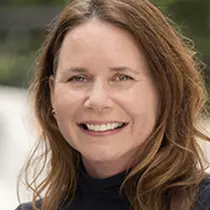Happy birthday! This year is a big one for Stone Lab
The biology station on Lake Erie now has 100 years logged in its longtime home on Gibraltar Island. Here’s its history.
Stone Laboratory, the oldest freshwater biological field station in the U.S., offers a powerful one-two punch of science education and research. Plus, it’s just fun. “You never forget what you experience in the field using high-tech equipment on a rolling boat while struggling to make a critical measurement, collect a truly unusual critter, or hold that living organism in your bare hands,” as former Director Jeffrey M. Reutter ’73, ’73 MS, ’76 PhD once delightedly put it. This year marks the 100th anniversary of students and researchers doing all that and more from Stone Lab’s home on Lake Erie’s Gibraltar Island.
The shallowest of the Great Lakes, Lake Erie has 2% of their water but 50% of their fish. So it’s not just our Great Lake, it has special significance.
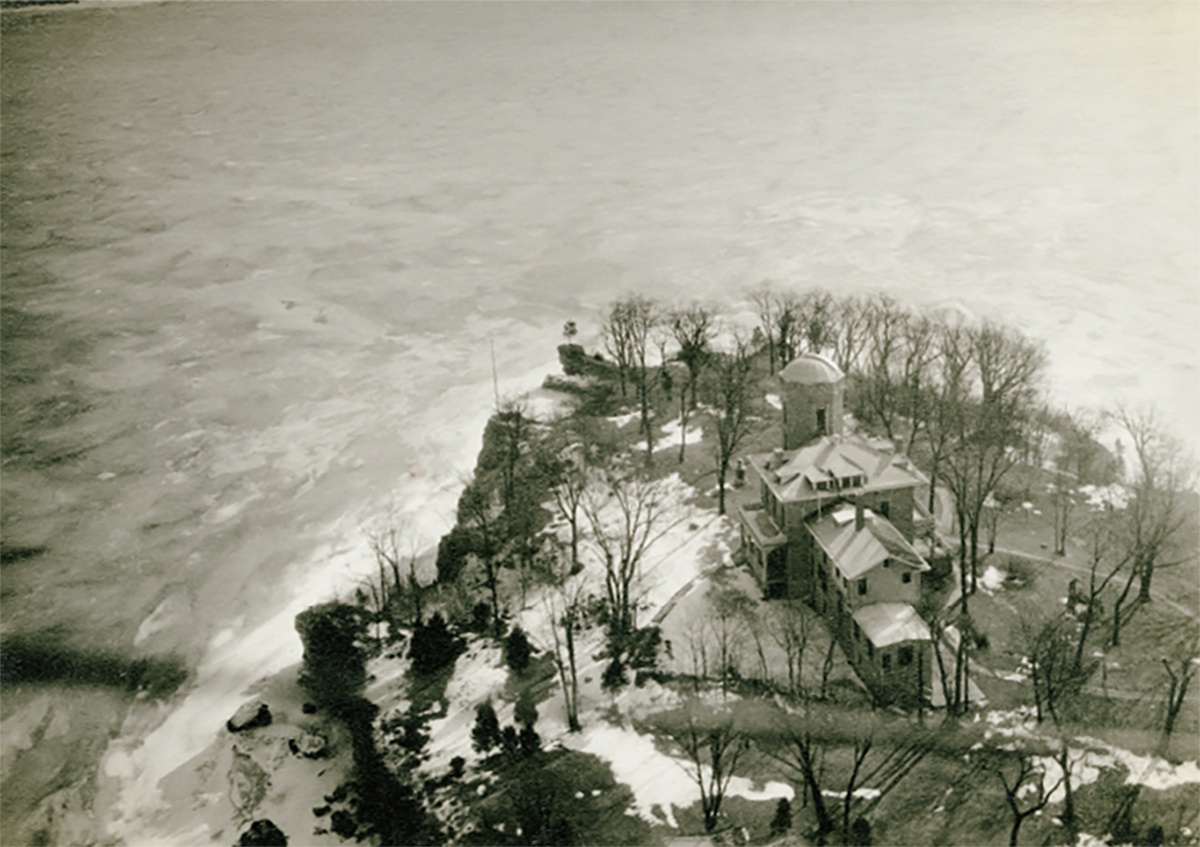
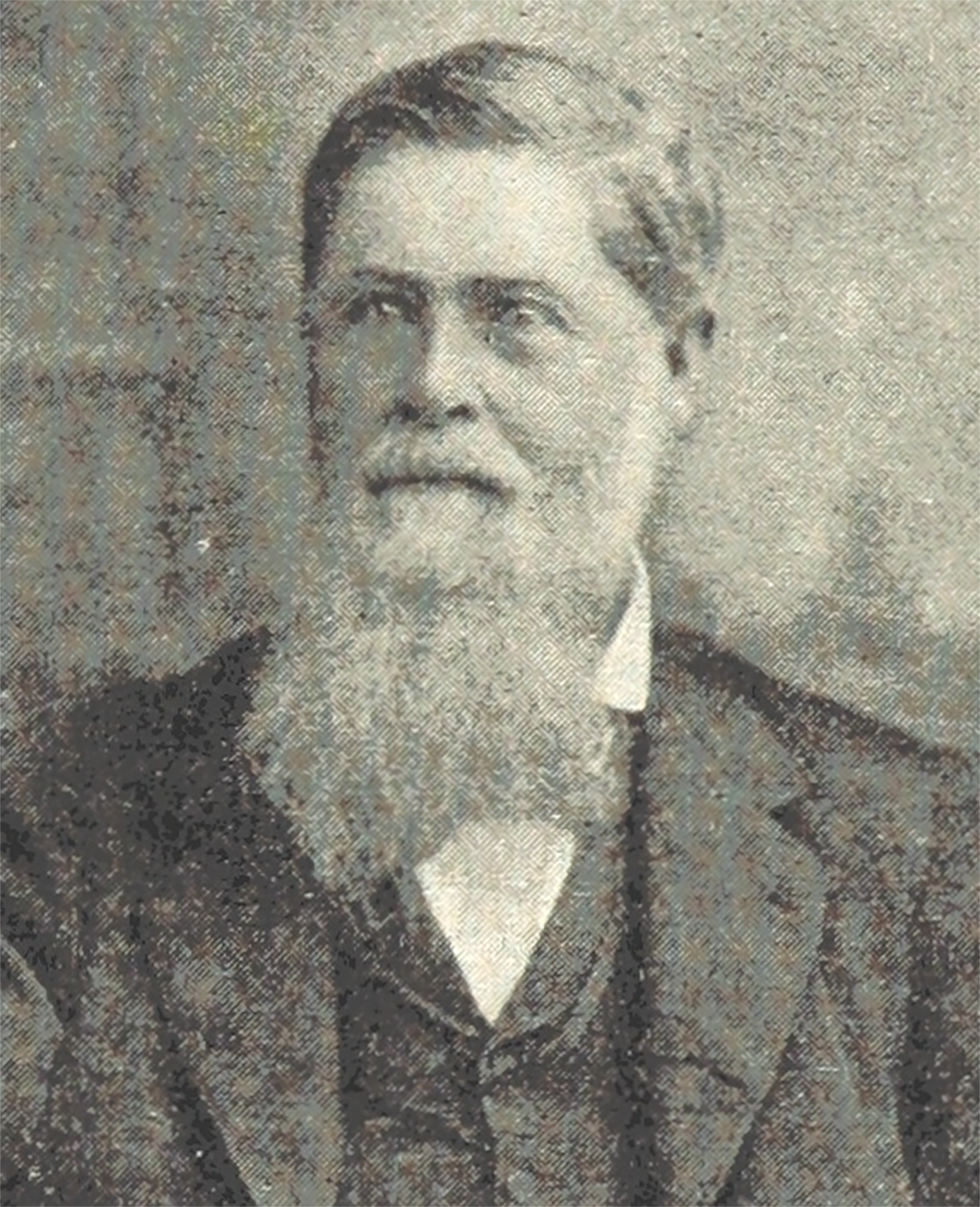
1864
Civil War financier and abolitionist Jay Cooke buys the 6.5-acre Gibraltar Island for $3,001 and builds a summer home: Cooke Castle.
1895
Trustees provide $350 so Professor David Kellicott can create Lake Laboratory, at the Sandusky Fish Hatchery, for teachers and students to investigate the health of Lake Erie.
1897
The lighthouse is built.
1900
The first formal courses open. Fourteen students sign up.
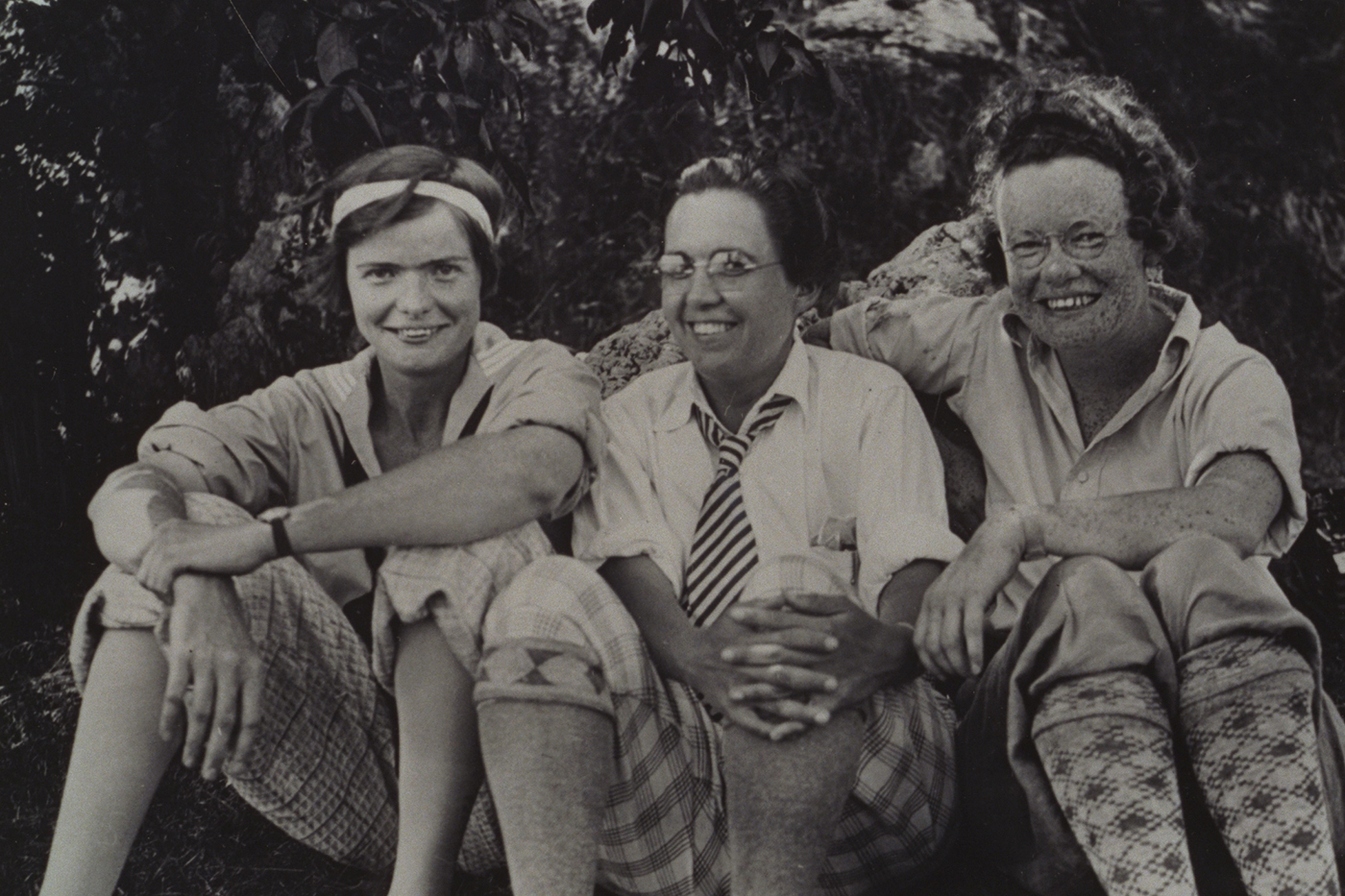
1903
With more need than the space could handle, Lake Laboratory relocates to a facility at Cedar Point.
1918
The final year of WWI
As the park gets more popular, the lab leaves for a new location. This one: at the State Fish Hatchery at Put-in-Bay. Trustees say: “The policy of carrying advanced work with the cooperation and assistance of competent men from other Ohio colleges has proved most satisfactory.”
1925
The year the ’Shoe was built
Click on the photos’ info icons below to read about the big things that happened this year.
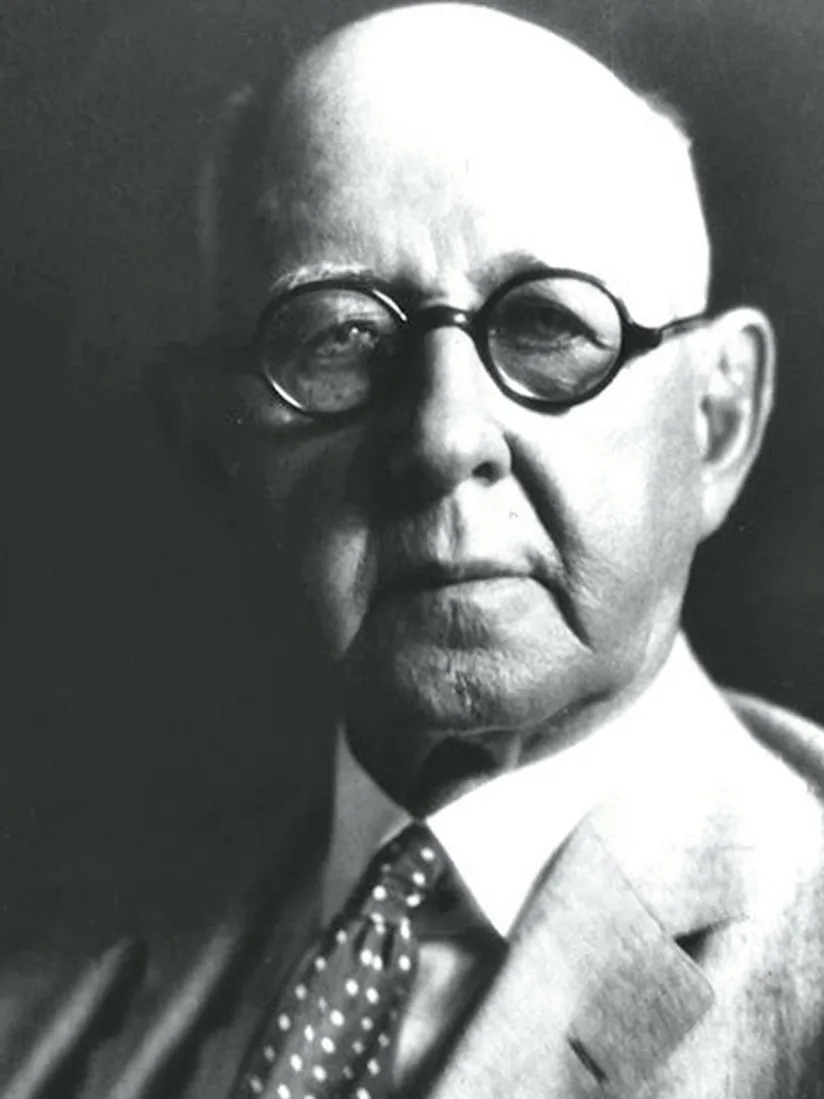
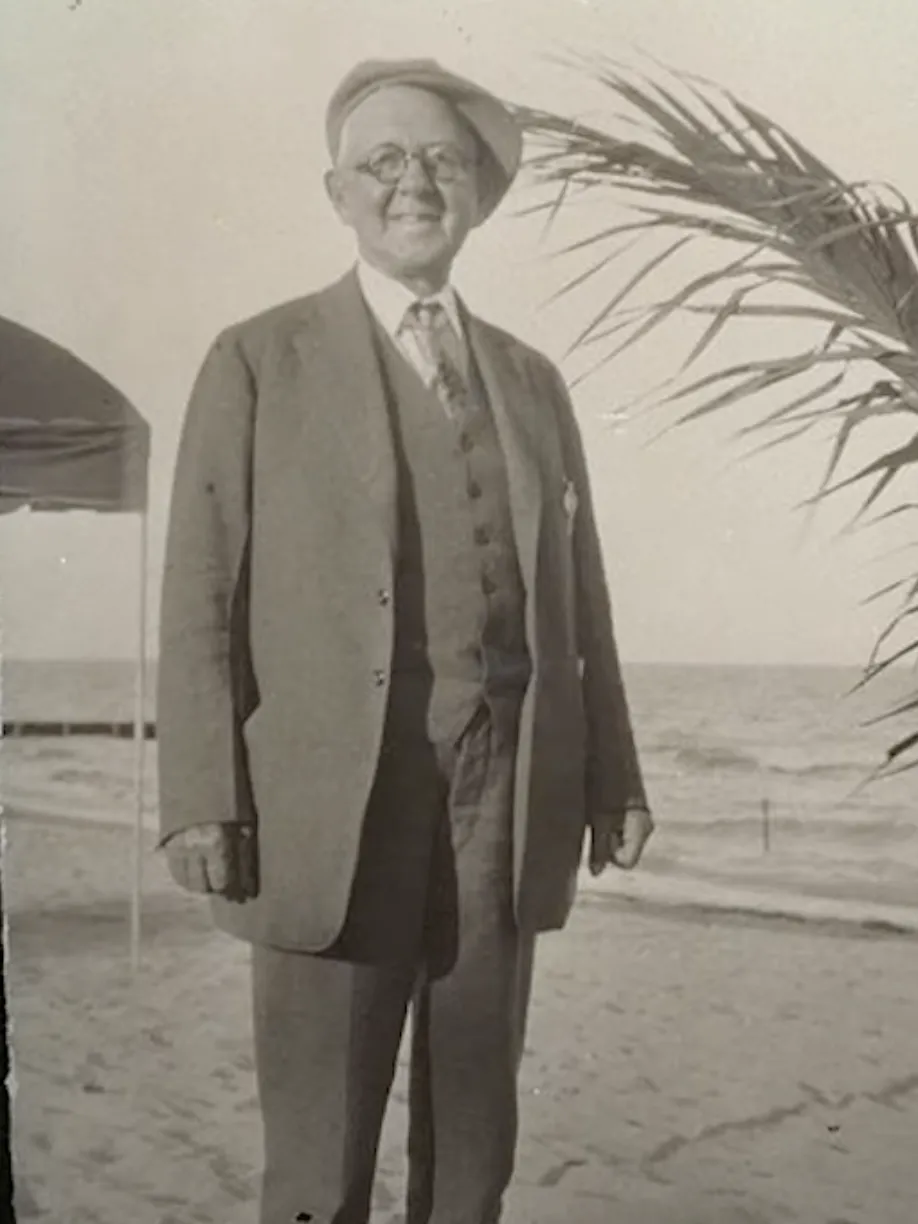
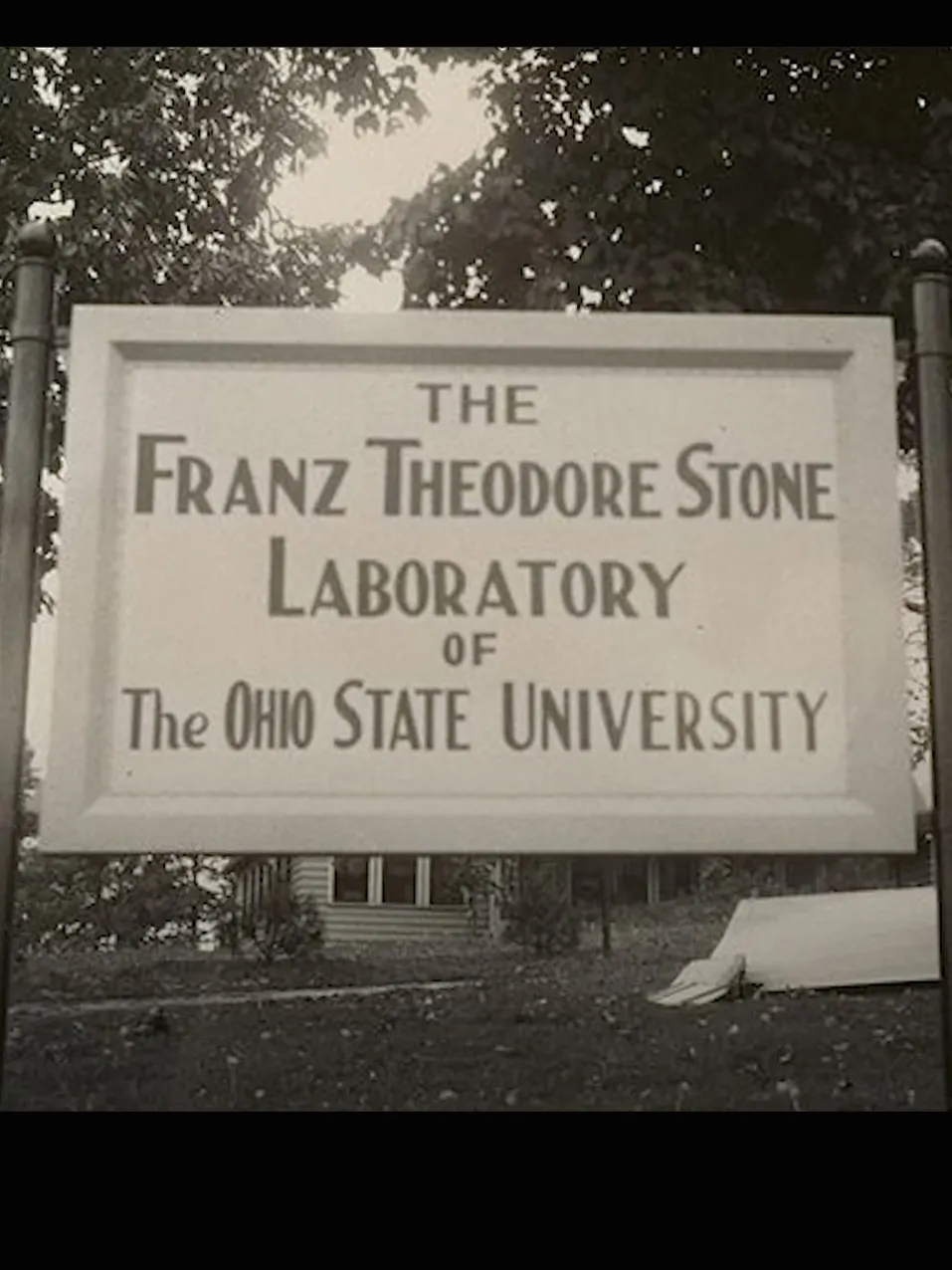
“The only condition I impose is that it shall remain the property of the university, also that it be devoted to the purposes and uses of teaching and research.”
1927
Cooke Castle opens for summer student housing. It has no heat or cooling.
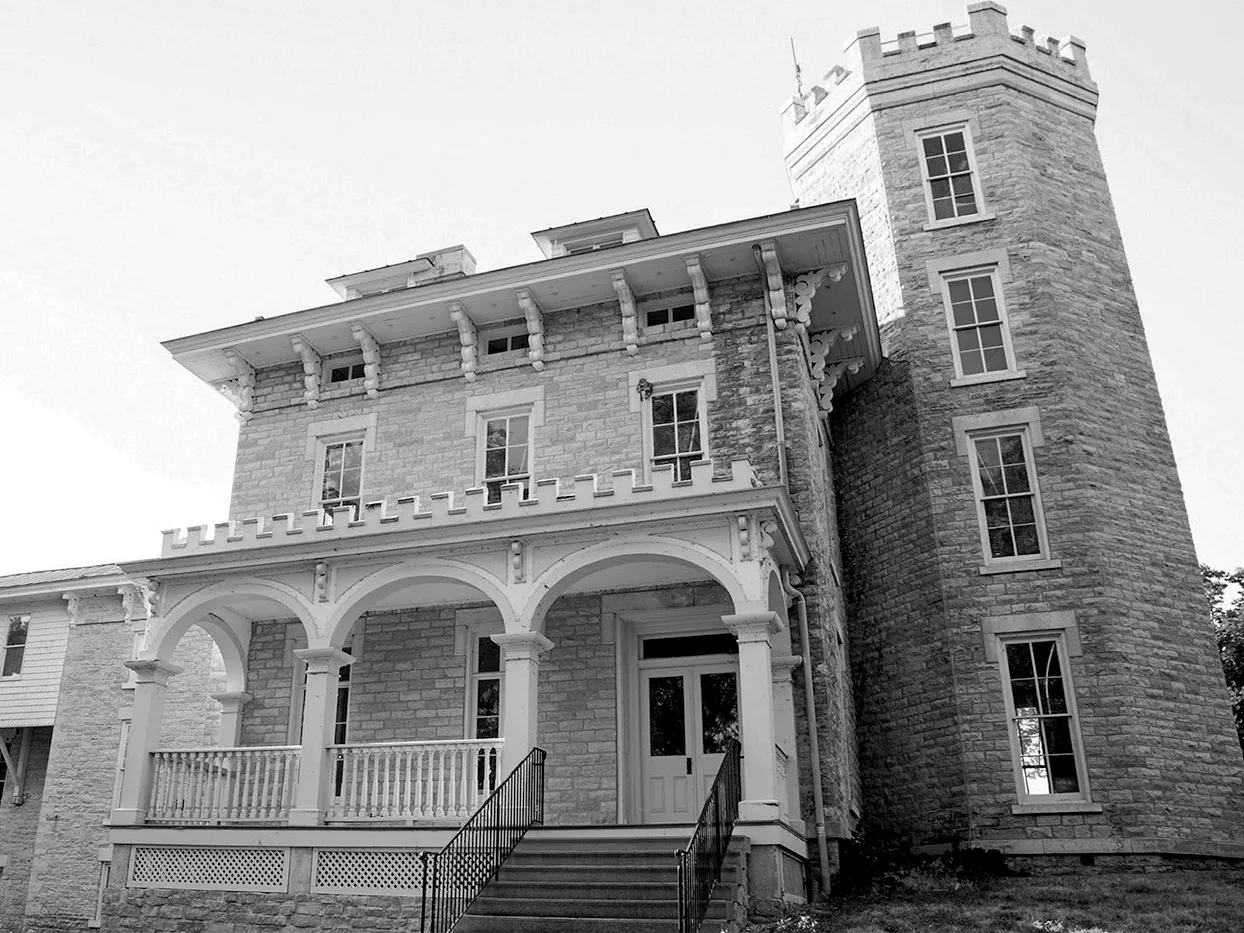
1929
The 21-room lab, right, still used as classrooms and conference space, is completed.
1940
One more gift from Julius Stone: a 2-acre woodlot on South Bass Island’s west-end Peach Point for research facilities.
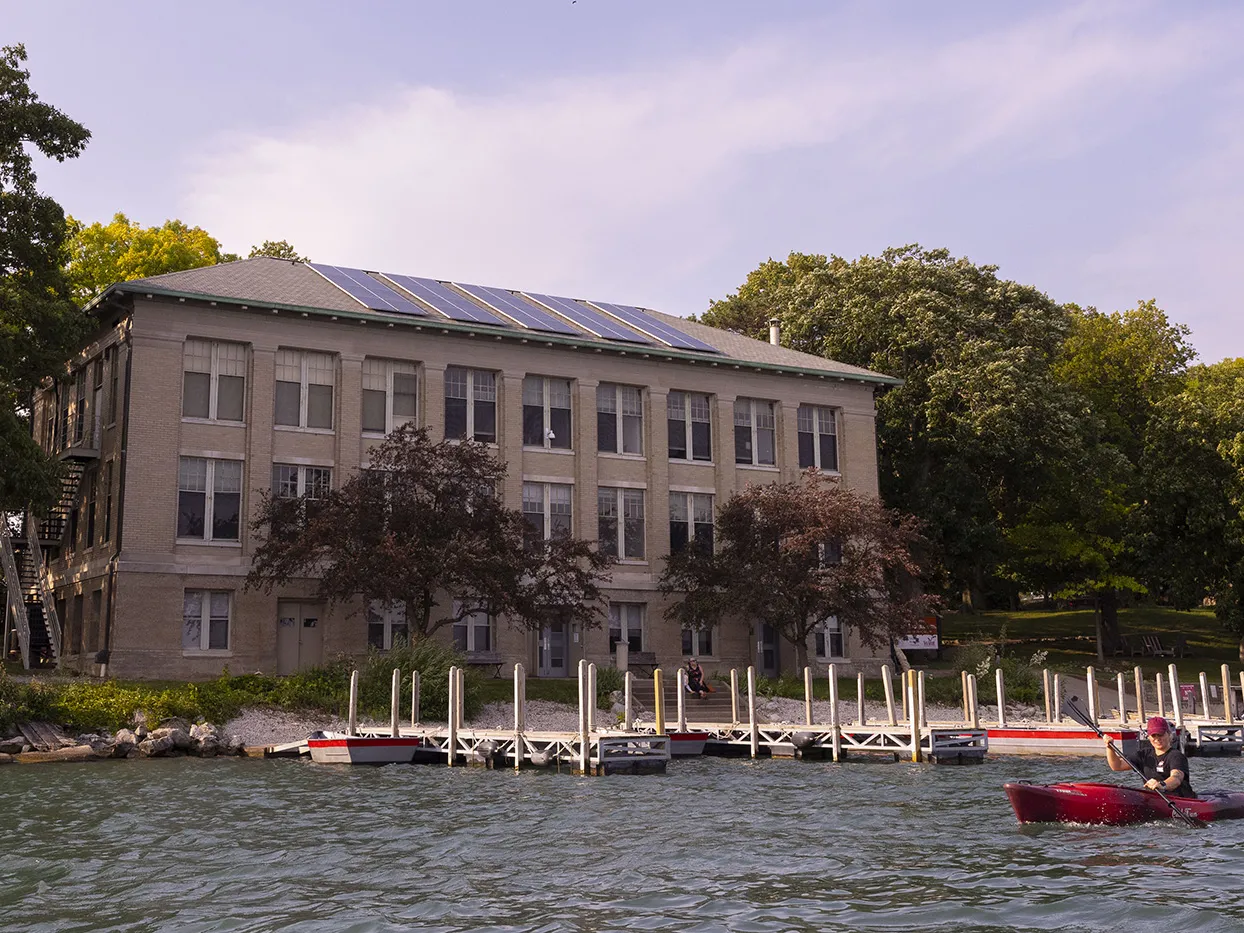
1947
The “Bio Lab” is built. Today it is the oldest research vessel sailing the Great Lakes.
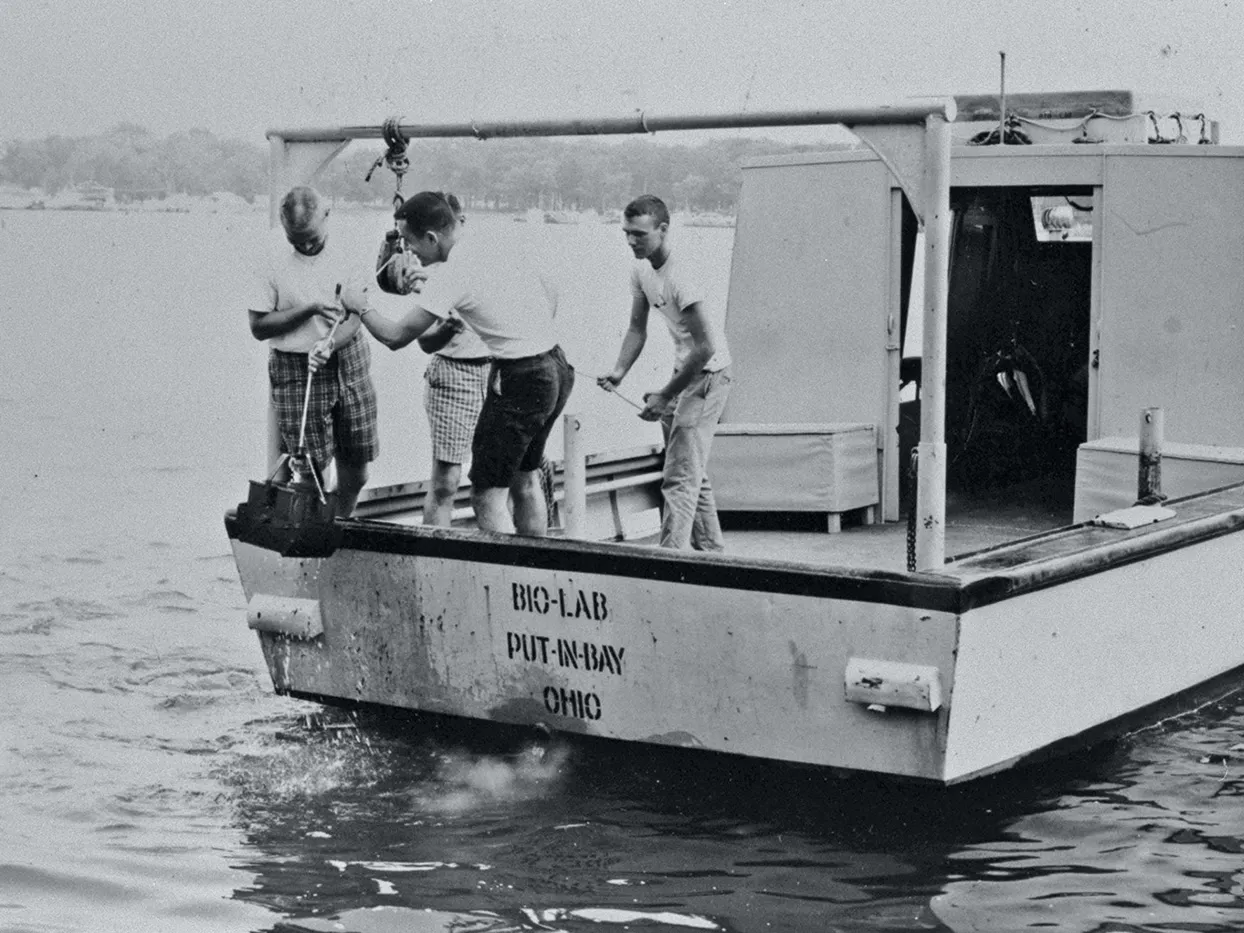
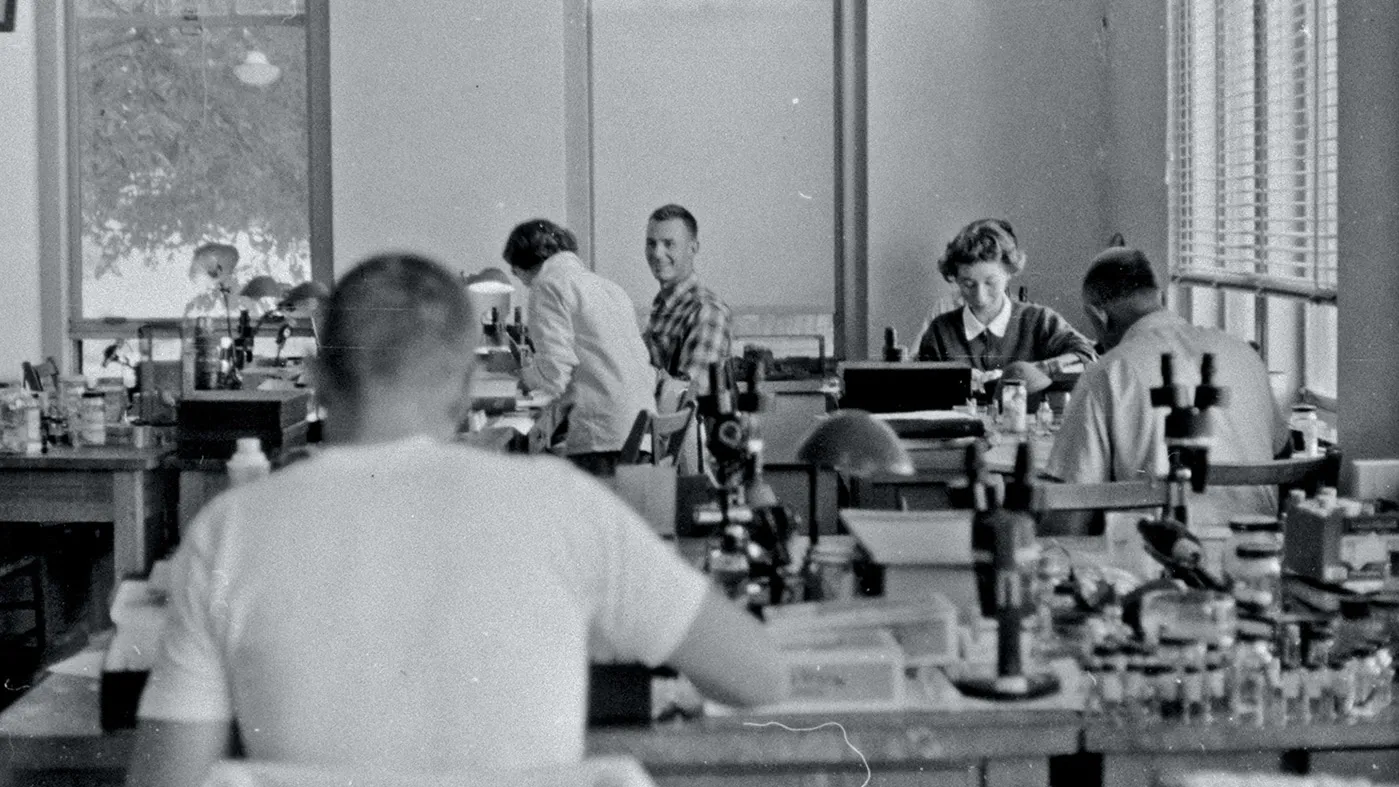
1970
The year Earth Day begins
After the Cuyahoga River famously burned, Ohio State creates the Center for Lake Erie Area Research (CLEAR). Stone Lab is instrumental in cutting phosphorous entering Lake Erie via wastewater discharge 62% in about 15 years. The walleye population rebounds.
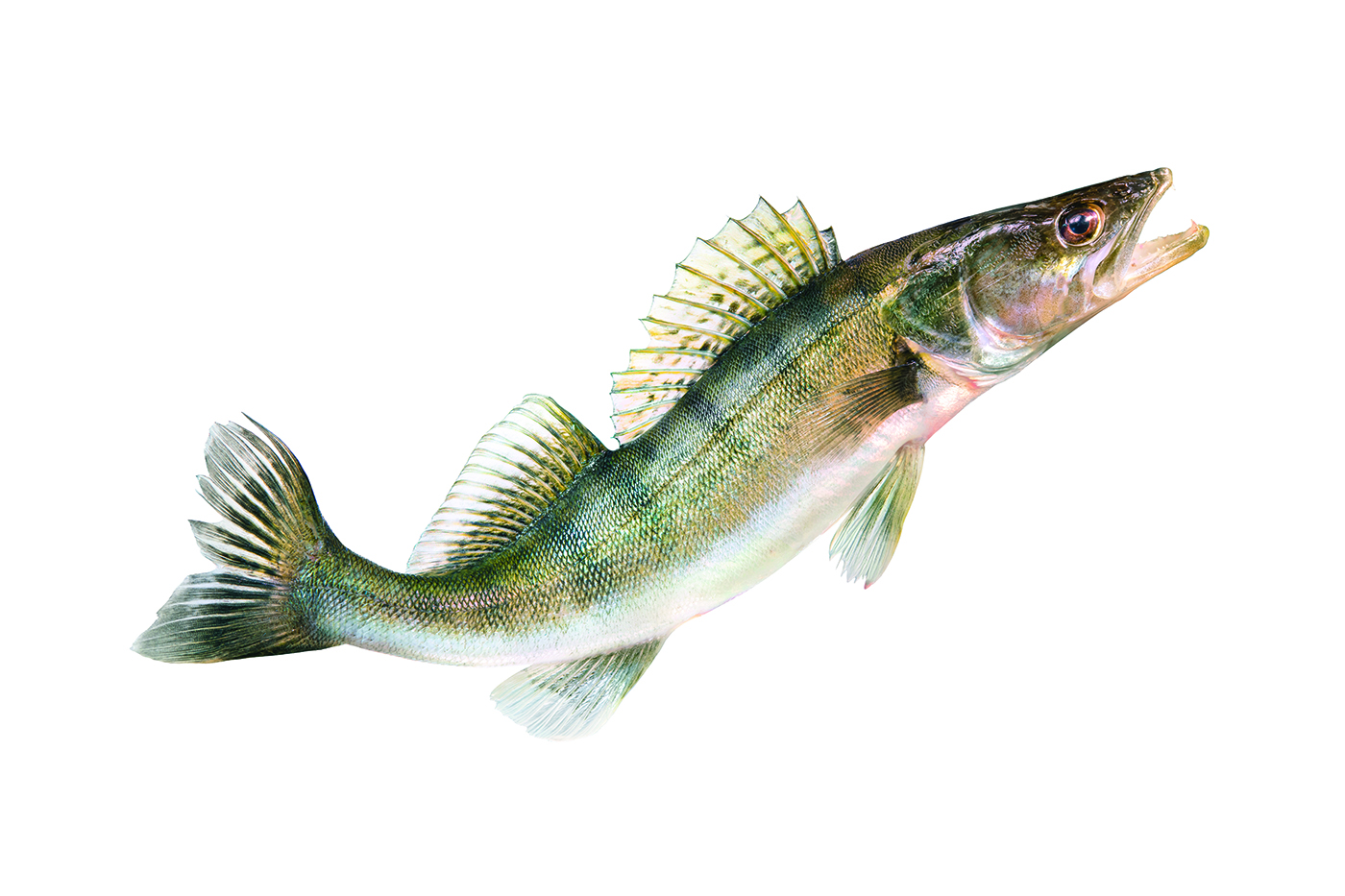
“We talk about Lake Erie being the poster child for pollution problems in the country, but what people often forget is that it’s also the best example in the world of ecosystem recovery.”

1973-87
Charles “Ed” Herdendorf ’70 PhD is director and focuses on grad students and restoring lake health. A survey finds 90% of students go on to work in the field.
1973
Leaders start a field trip program for grades 5 and up. More than 300,000 people have participated in the one- or two-day experiences.
1978
After a Stone Lab proposal, the National Sea Grant Program awards funding to Ohio State, resulting in a research, education and outreach partnership joining CLEAR. It has a name you’ve heard of: Ohio Sea Grant.
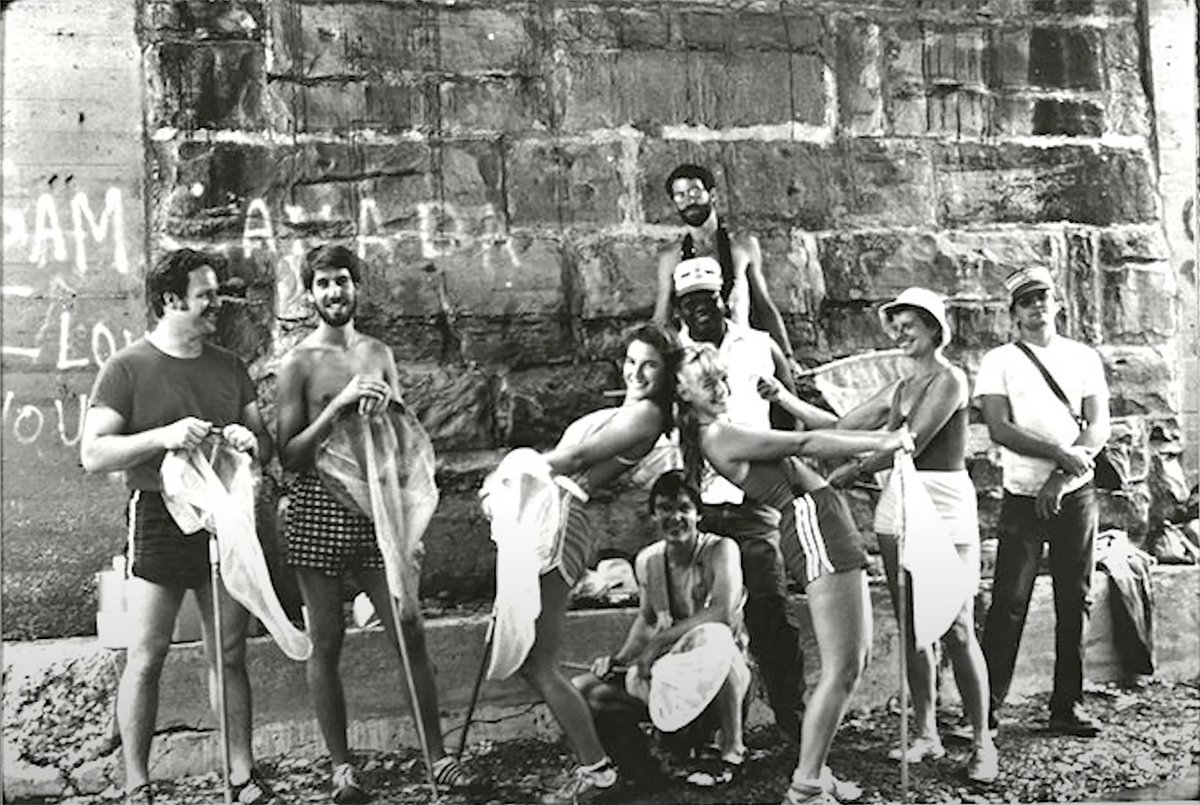
1981
Alumni start Friends of Stone Laboratory to attract talented students and support research programming. They’ve paid for more than 1,700 scholarships, worth more than $1.5 million, for students and teachers.
1982
The Congressional Day begins to share and translate science with lawmakers. State-level legislators join the next year.
1983
A scholarship endowment, Stone Lab’s first, is established with gifts from Friends of Stone Laboratory, Dr. Herdendorf and the College of Biological Sciences.
1985
Construction begins for the new residence hall and wastewater treatment plant, as well as renovations to the existing Stone Lab building and dining hall.
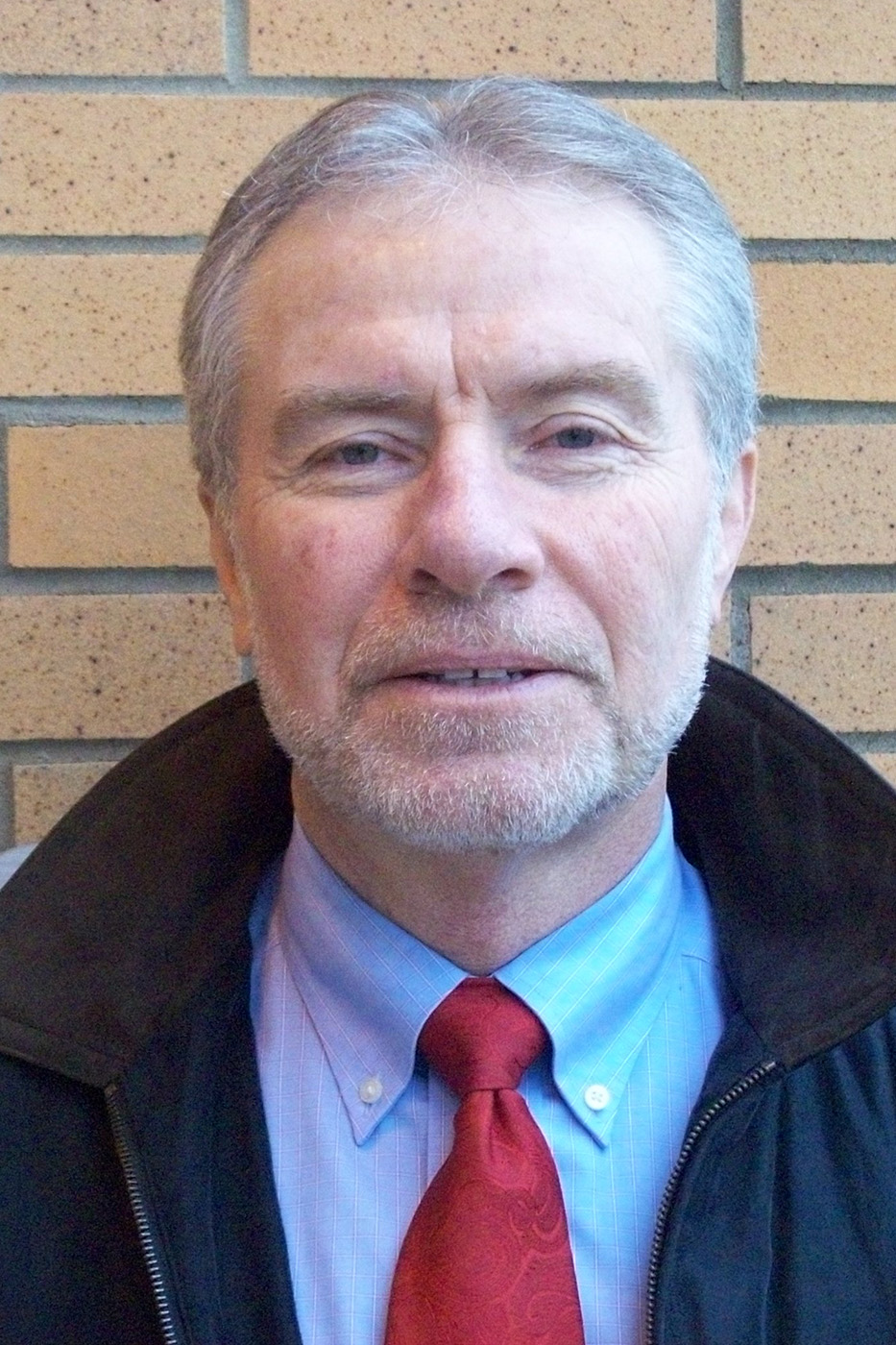
1987-2015
Reutter is director. He focuses on bringing in more women students and grade-school visitors, growing research support and responding to algal blooms and invasive species.
1988
A limnology class records the first invasive zebra mussel in Lake Erie during a field trip.
1989
Mussel density in the western basin passes 30,000 per square meter.
1990
A new program welcomes high schoolers to take college-credit courses. The legislator education day persuades six to vote for a detergent phosphorous ban, making it Ohio law.
2000
With the assistance of Friends of Stone Laboratory, the Ohio Division of Wildlife and the Office of Physical Facilities, Stone Lab purchases and renovates the 42-foot boat now called Gibraltar III.
2003
The Erie Monitor, a 25-foot research boat, enters service, thanks to assistance from U.S. Sen. Mike DeWine.
2005
Stone Lab launches the endowment-funded Research Experience for Undergraduates program, supporting 14 students in its first year. Twenty years later, nearly $600,000 of research scholarships have been awarded to these future scientists.
2012
Stone Lab begins annual algal bloom forecasts.
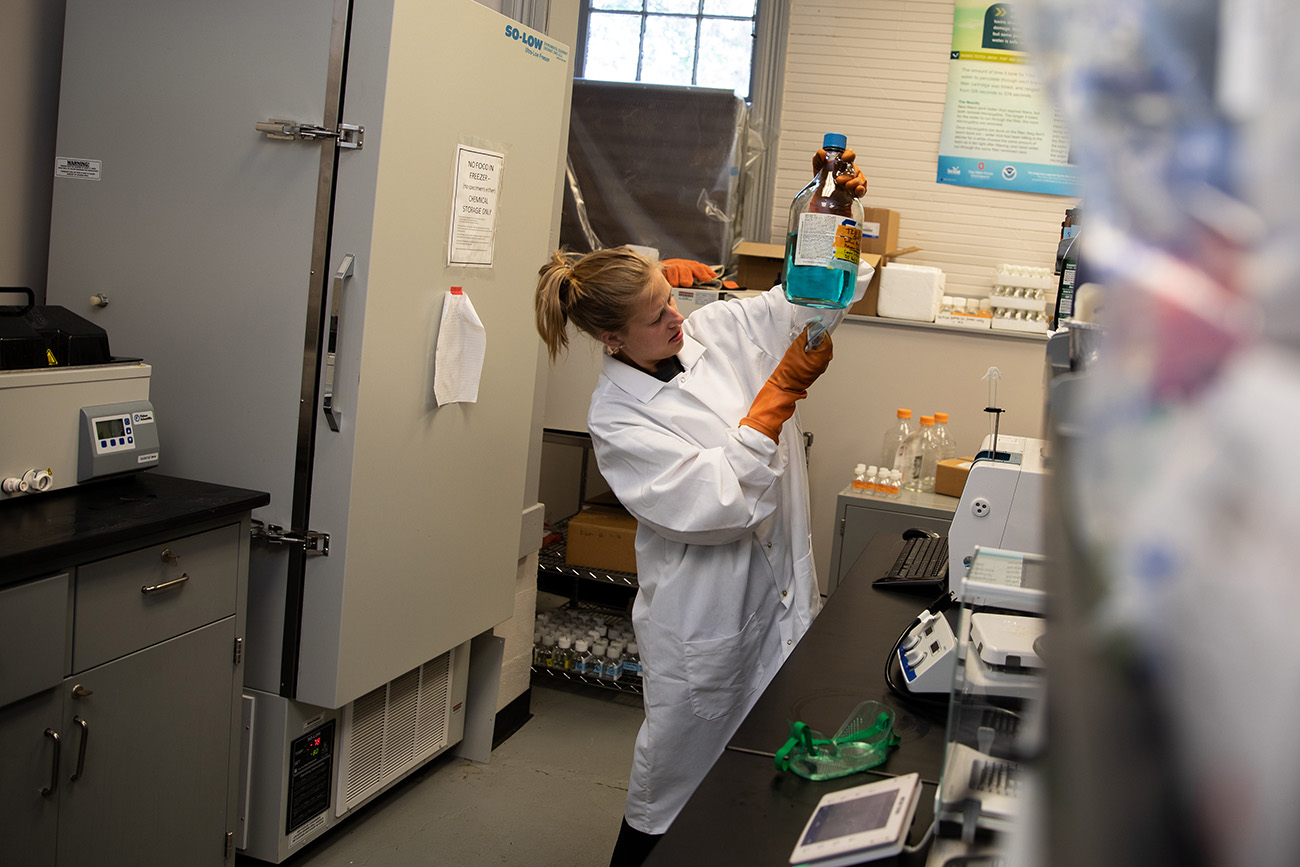
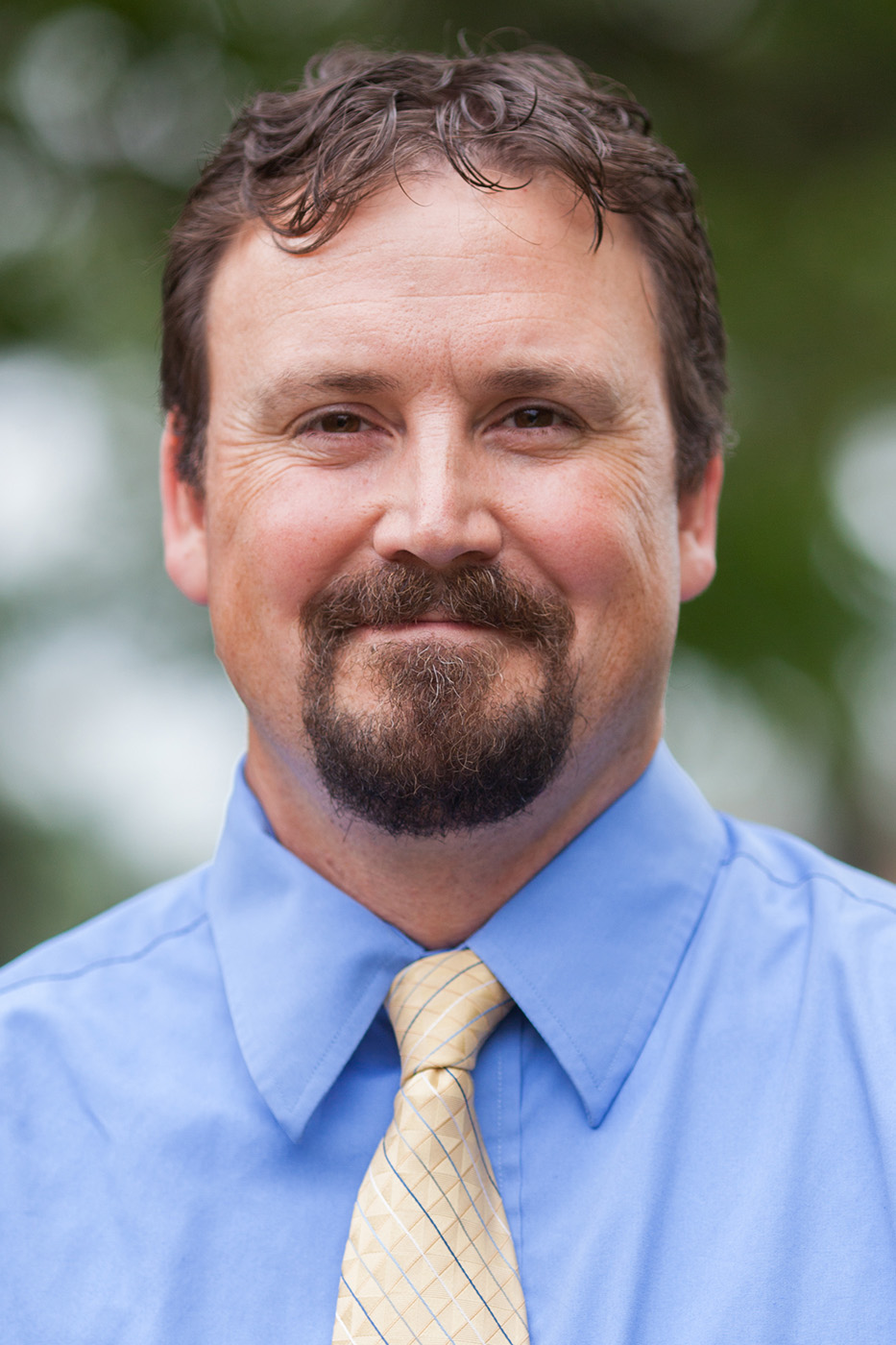
2013
Renovation of the water quality lab is completed. A grant from the Ohio EPA supports a monitoring program, including charter boat captain assistance, for nutrients and harmful algal blooms.
2017
Chris Winslow becomes director and brings attention to emerging contaminant research, boosts career readiness and broadens program access.
2020
Ohio Sea Grant and Stone Lab are moved from the Office of Research (now the Enterprise for Research, Innovation and Knowledge) to the College of Food, Agricultural, and Environmental Sciences School of Environment and Natural Resources.
2022
The Mesocosm Facility opens with more than a dozen 600-gallon tanks, like giant beakers, to fuel organism research with water pumped in from the lake. It’s a first on the Great Lakes.
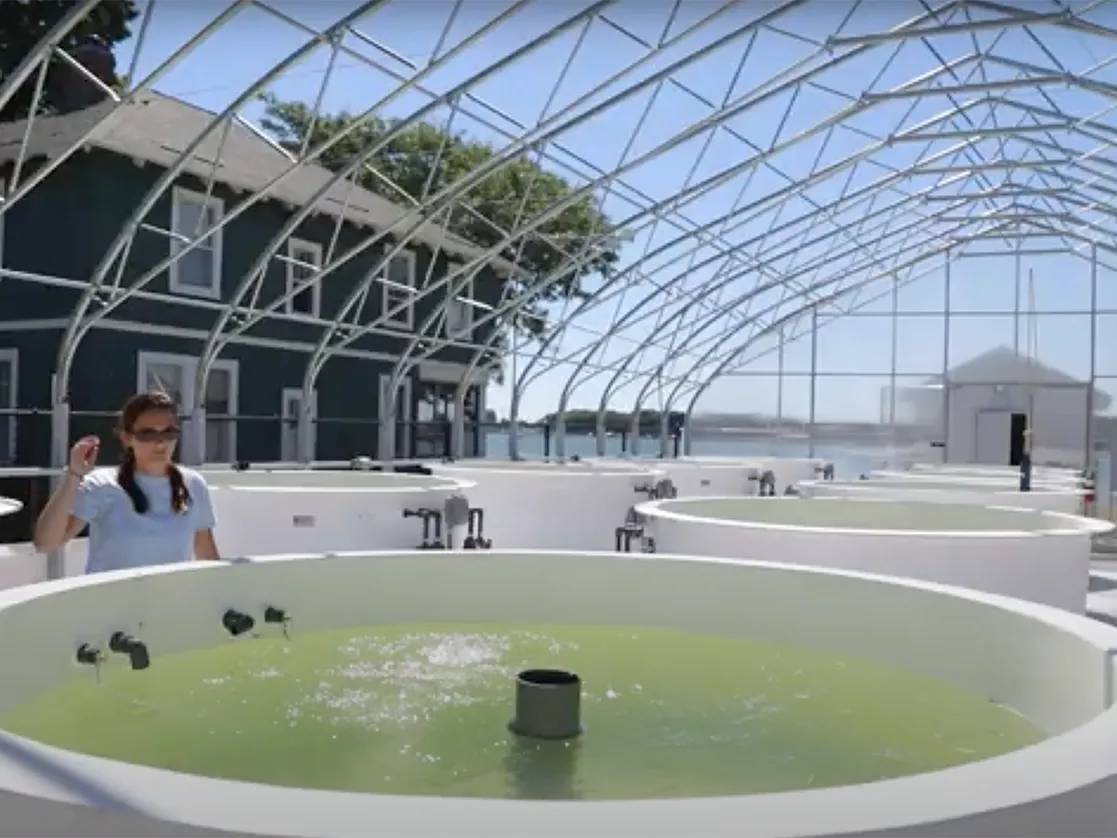
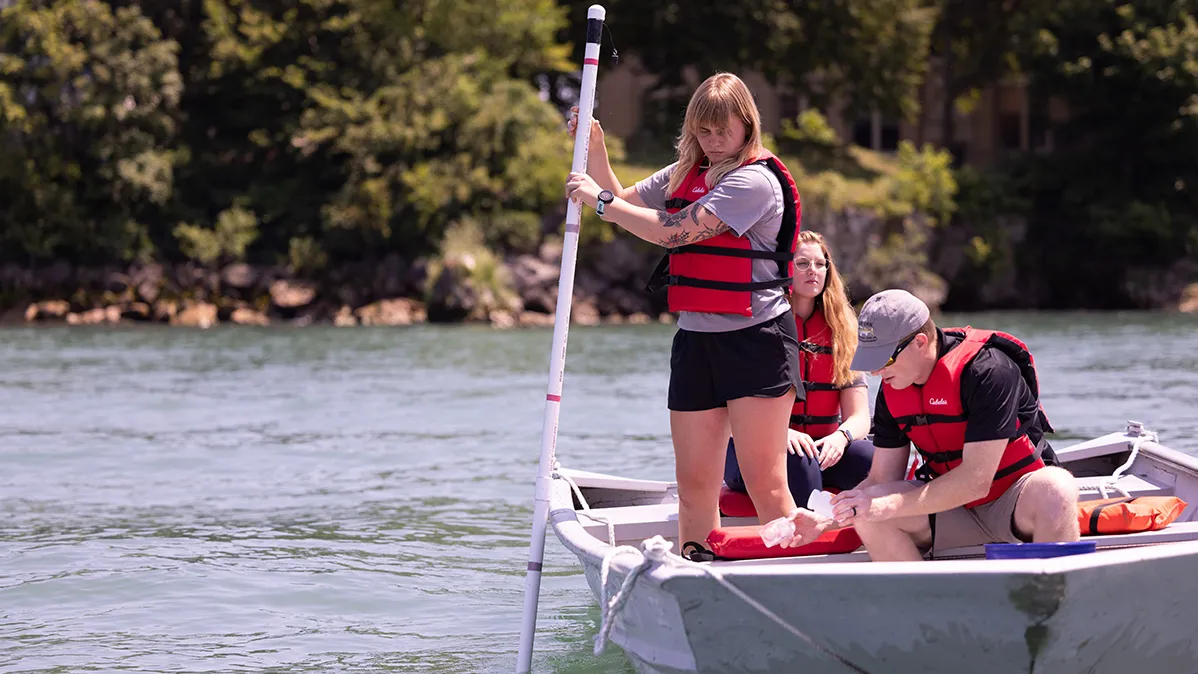
Student Alex Kushnir and her mentor, Senior Researcher Justin Chaffin, collect water samples during the Research Experience for Undergrads fellowship program she completed at Stone Lab in the summer 2023. “I love the lake, I love the people here,” she says. “Being a student, researching here, it’s helped me grow so much as a person.” (Photo by Jodi Miller)
2024
Stone Lab starts Put-in-Bay Science Days to motivate the public to protect Lake Erie.
2025
This year, over 12,000 visitors, researchers and students (grades five-college) will learn at Stone Lab.
x
A special thanks to Chris Winslow and Jill Jentes from Stone Lab for supplying some details.
Other photo credits: Jay Cooke, British Library; lab building, Jodi Miller; walleye, Getty Images; Alex Kushnir, Miller
x
